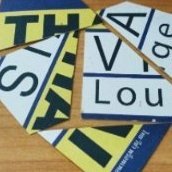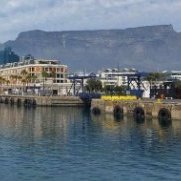Boeing 777 plane crash-lands at San Francisco airport
-
Recently Browsing 0 members
- No registered users viewing this page.
-
Topics
-
-
Popular Contributors
-
-
Latest posts...
-
80
Traffic Public Skepticism Persists as Thailand Enforces New Traffic Fine System
Don't they have police in rural areas? -
11
Analysis Slogan Turned Trap: The Enduring Damage of “Don’t Betray Your Own” in Police Culture
When I read the first sentences I thought it's about US 😕 -
60
-
6
Israel’s Strikes Leave Iran Reeling Amid Escalating Conflict
Bet you tthe Feds are watching -
6
Hospital Assault Horror: Nurse Attacked, Raises Safety Concerns
The hang-em-high brigade doesn't care. Unless, of course, it's themselves or one of their loved ones getting banged up and sent off to prison for years. Then they care about mitigating circumstances like brain injuries or drug side effects. -
60
Trumps night out didn't go so well
Wow, DanO and BLMfem on same thread. All we need now are BKKBrian and JT. Record circle jerk of multiple personality disorder.
-
-
Popular in The Pub







.thumb.jpeg.d2d19a66404642fd9ff62d6262fd153e.jpeg)


Recommended Posts
Create an account or sign in to comment
You need to be a member in order to leave a comment
Create an account
Sign up for a new account in our community. It's easy!
Register a new accountSign in
Already have an account? Sign in here.
Sign In Now